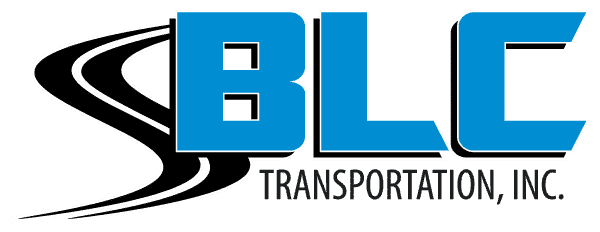If you’ve ever shared the road with an 18-wheeler or other large truck, you won’t be surprised to discover that it requires special training to get behind the wheel and legally operate such a massive vehicle. A CDL license is a commercial driver’s license, and it’s the type of license that you’ll need for most truck driving jobs. Learning about the requirements for a CDL license and the types of CDL licenses can assist you in planning for your future.
What Are the Requirements for a CDL License?
There are certain basic requirements that anyone who wishes to hold a CDL license must meet:
- Age: You must be at least 18 years of age to obtain a CDL license with the intent to operate a commercial vehicle within your home state. You generally must be 21 to operate a commercial vehicle outside your home state.
- Health: You must have proof of good health in the form of medical certification from a physician. Because big trucks could pose a serious threat to other vehicles, officials want to ensure that drivers are healthy enough to handle the responsibility of being behind the wheel.
- Residency: You will have to offer proof of appropriate residency as required by your state.
- Training: You must demonstrate that you’ve had the appropriate training. This starts with a standard driver’s license and progresses to a commercial learner’s permit. A commercial driver’s training program is also normally part of the process of preparing for your state’s CDL test.
What Are the Types of CDL Licenses?
What is a CDL license good for? It depends on what type of CDL license you hold. Vehicles are sorted into different classes by weight, purpose, and number of passengers. As the Federal Motor Carrier Safety Administration, or FMCSA, indicates, there are three types of CDL licenses:
- Class A: The most popular type, a Class A CDL allows a driver to operate vehicles with a gross weight totaling 26,001 pounds or more and a towed weight of more than 10,000 pounds. Trucks in this class include 18-wheelers and trucks pulling refrigerated trailers, tanker trailers, flatbed trailers, and more. Since the Class A license is the top of the line, drivers who have this license are also able to operate anything that would require a Class B or Class C license.
- Class B: A Class B CDL allows you to operate a vehicle with a gross weight totaling 26,001 pounds or more, but the towed weight must be less than 10,000 pounds. These are often dump trucks, delivery trucks, straight trucks, school buses, and city or tour vans.
- Class C: A Class C CDL allows you to operate a vehicle that doesn’t meet the definition of Class A or Class B. Instead, it’s either placarded for hazardous materials or designed to carry 16 passengers, including the driver.
In addition to classes of CDL licenses, there are also various endorsements. These added credentials allow drivers to perform specific tasks like carrying passengers or hazardous materials. They normally require extra study and testing, but earning them can open the door to more opportunities.
How Do You Get a CDL License?
The exact path to a CDL license will vary by state. However, FMCSA offers some general guidelines to help you start planning:
- Get a copy of your state’s Commercial Driver’s License Manual so that you can find out exactly what is required.
- Determine what kind of CDL license you want to earn.
- Secure a commercial learner’s permit.
- Complete entry-level driver’s training.
- Earn your CDL license.
Earning your CDL license can be the key that opens the door to a fantastic new career as a professional truck driver. If you want to work for a company that values its drivers, consider joining BLC Transportation. We have opportunities for both company drivers and lease-purchase drivers. With our lease-purchase program, you can make 90 percent of the line haul while driving new trucks that provide comfort, fuel efficiency, and reliability. Plus, we offer bonuses and incentives, a health insurance subsidy, a friendly passenger/pet policy, assistance with registering for an LLC, and more. Join our team today!

